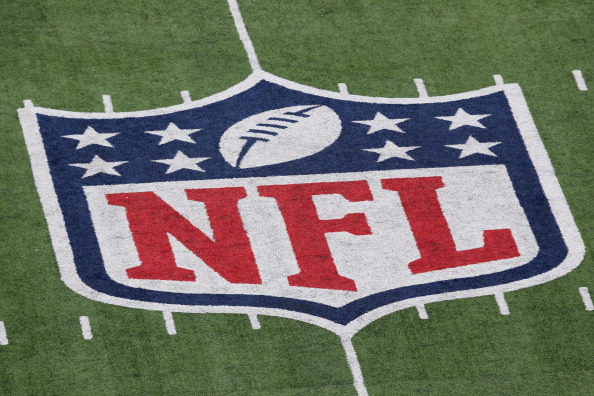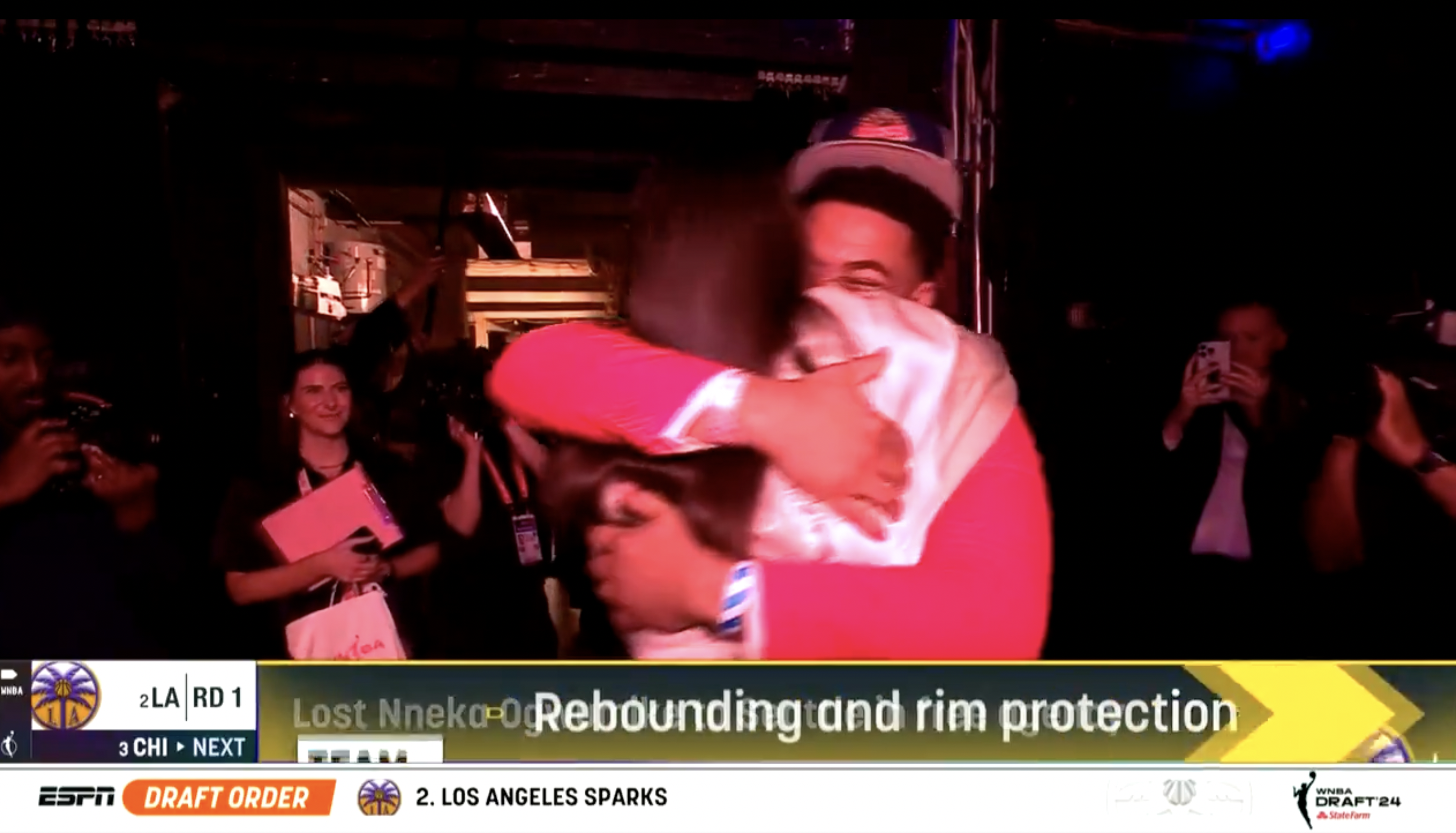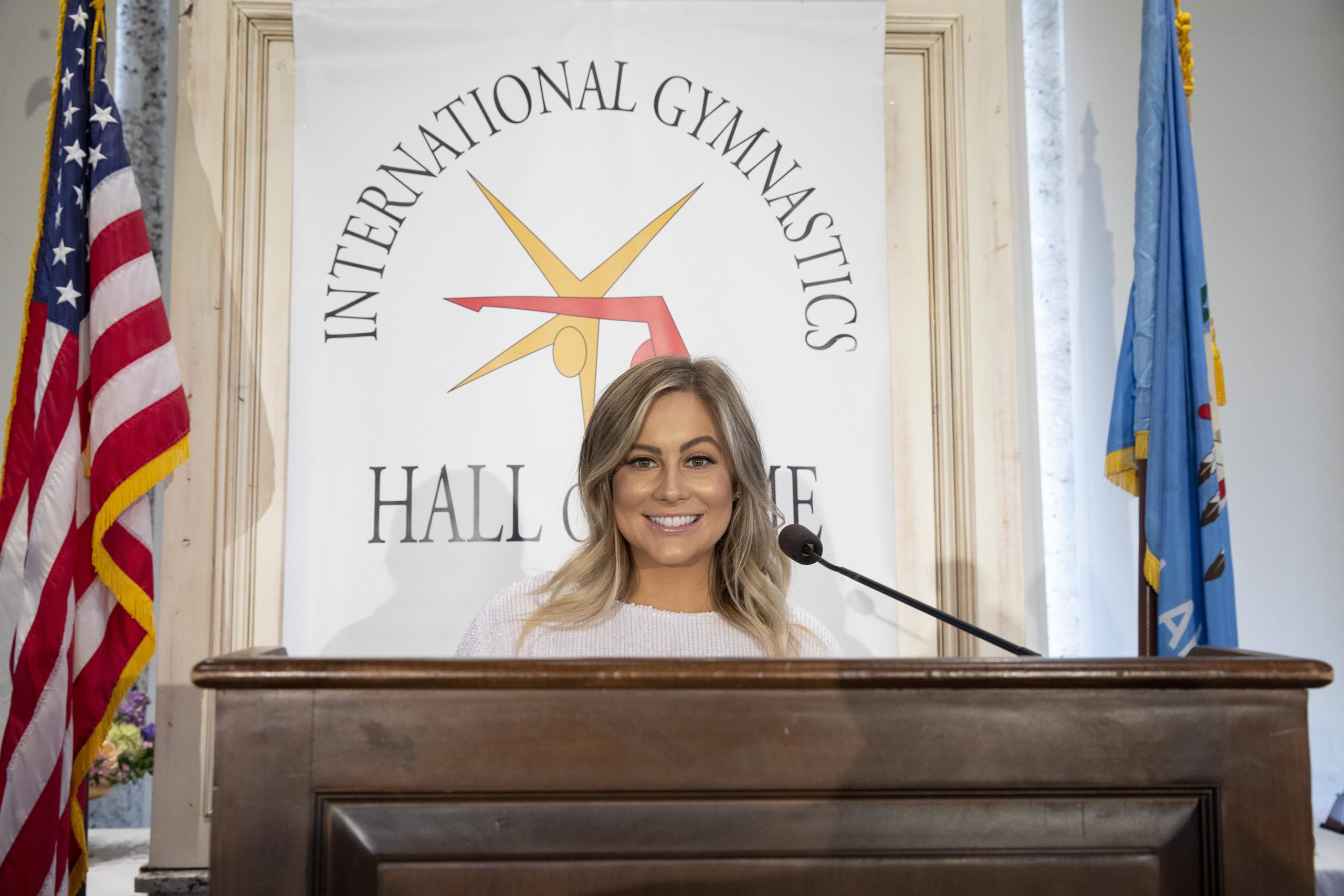One of the most persistent NFL storylines this fall, especially off the field, is the decline in TV ratings through five weeks of the 2016 season. There has been a variety of speculation and opinion as to what’s caused the ratings dip, ranging from this year’s presidential election to the inherent greed of the league under commissioner Roger Goodell.
But how much of a role has social media played? Especially considering that highlights are easily available directly from the NFL along with each of its 32 teams on Twitter and Vine?
That is almost surely why the NFL recently mandated that its teams could not share any video — or “moving content” — on Twitter while their games were still being played. Teams can now only post video after the league has made clips available via an internal server. Those clubs which violate the policy reportedly face a $25,000 to $100,000 fine, which has led some teams to find creative solutions.
Wide left. #TBvsCAR pic.twitter.com/gnGQVLwHyR
— Carolina Panthers (@Panthers) October 11, 2016
The latest
“The clubs play an important part in the ecosystem of marketing our game,” a NHL spokesman told Baker. “And we have no plans to eliminate the use of game footage on club social media accounts.”
Above all, Baker spoke to an online sports piracy expert who said the NFL’s new social media policy doesn’t address the true problem if TV ratings are the overriding concern.
“Honestly, if that’s why they did it, I respectfully think it’s a misguided attempt because they don’t understand the space,” said Wayne Lonstein, CEO of New York-based VFT Solutions, a piracy prevention and monetization firm. “That doesn’t change the space. That does nothing to affect consumption. It’s another attack on distribution and that’s not the issue. The issue is consumption.”
If the NFL really wants to crack down on its product being available through outlets other than TV, it needs to address game footage being shown on platforms like Periscope, Facebook Live and YouTube Live. According to Lonstein, live feeds on those outlets attract 350,000 to 400,000 online viewers, and as many as 1,000 such feeds are available each week. Those numbers might not even indicate just how large the issue truly is.
Does a sports product make itself more desirable by restricting how much of its content is accessible to fans? That is apparently the question that the NFL is currently willing to risk.








Comments are closed.